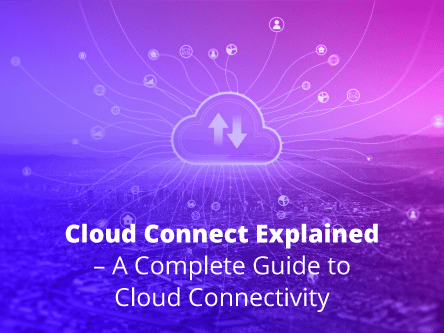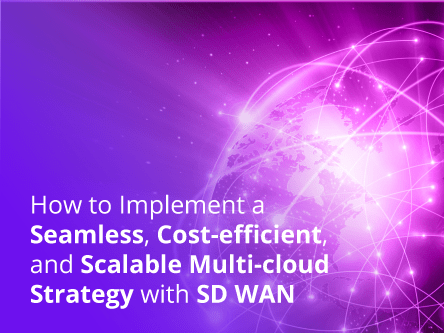Connectivity can be one of the biggest pain points in a Hybrid Cloud strategy.
When an enterprise deploys both private and public Cloud solutions, they need to connect to multiple sites and service providers and that can lead to growing costs and complexity. Today the benefits outweigh the challenges but connectivity doesn’t have to put limits on how service providers and enterprises connect their Cloud services.
Hybrid Cloud is becoming the go-to approach to Cloud because it gives enterprises the best of both private and public Cloud. They gain the security and reliability of private Cloud for mission critical data and application while also benefitting from the cost-efficiency and flexibility of public Cloud.
Gartner estimate by 2020, Cloud, hosting and traditional infrastructure services will come in more or less at par in terms of spending. It predicts that by 2020, 90% of organisations will adopt hybrid infrastructure management capabilities. The Hybrid Cloud market is estimated to grow from $33.28 Billion in 2016 to $91.74 Billion by 2021 with a CAGR of 22.5% during the forecast period, according to MarketsandMarkets.
It is a Cloud strategy that makes sense for a lot of businesses but the challenge is to efficiently connect this environment on a global scale. Connecting directly to each Cloud service provider and data centre location globally is costly and becomes increasingly difficult to manage when more data and services are moved to the Cloud.
Enterprises need a central connectivity platform that can enable them to connect to multiple public Cloud service providers as well as destinations globally. An on-demand connectivity platform can give them a way to simplify management of their Cloud Access while also reducing costs. A single connection to an on-demand connectivity platform can give service providers and enterprises access to all of the connectivity they need to support their Hybrid Cloud.







